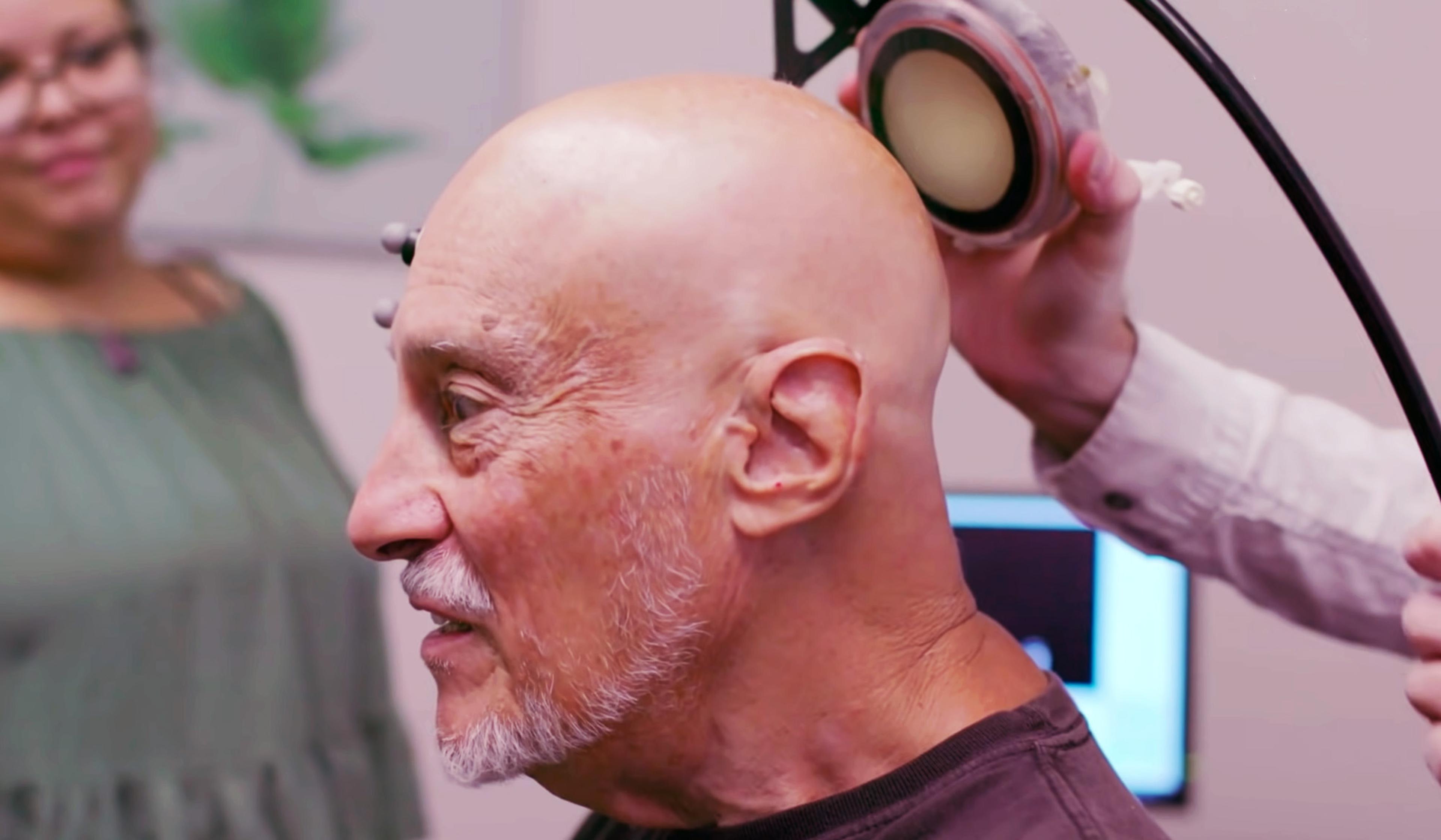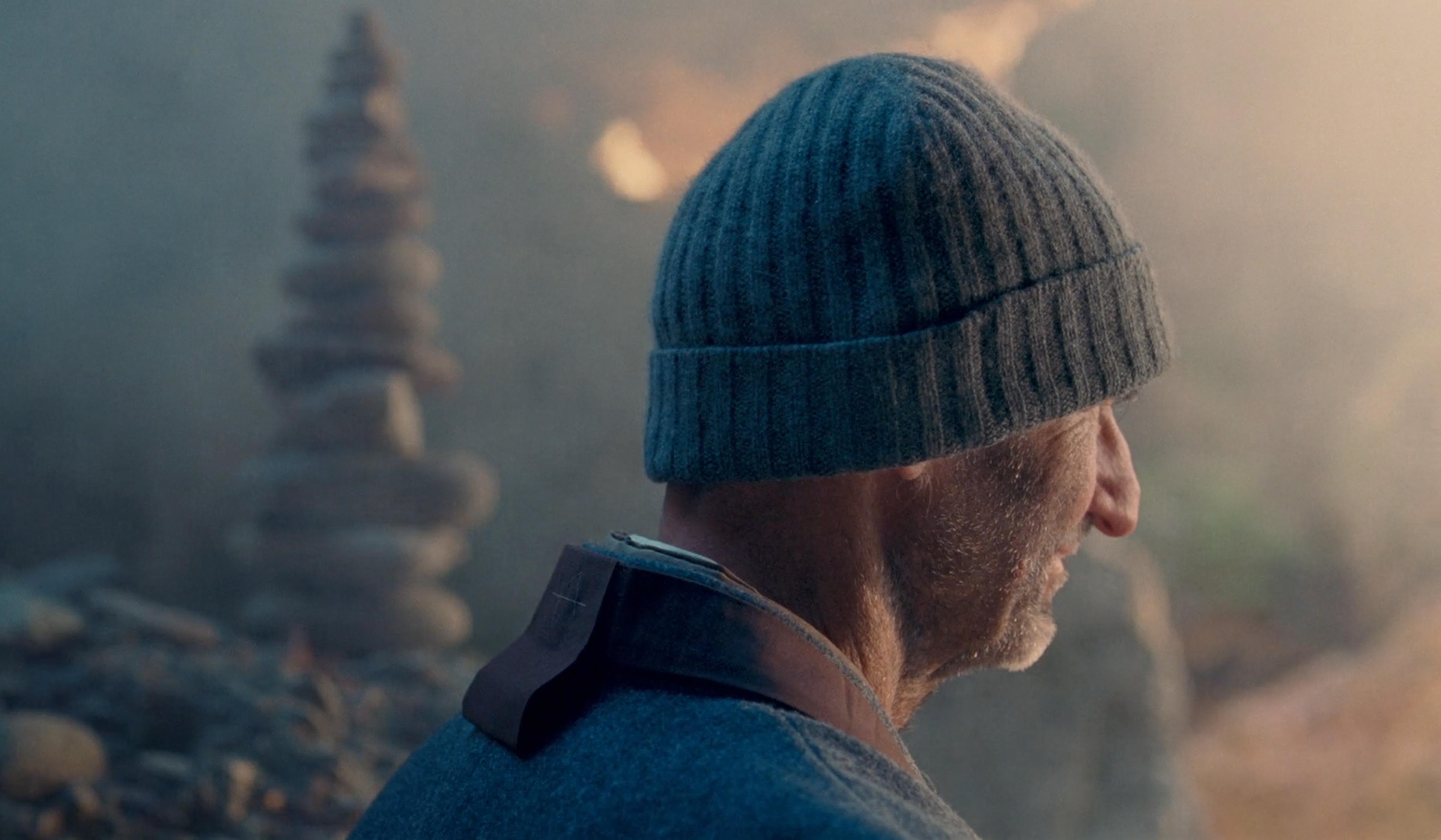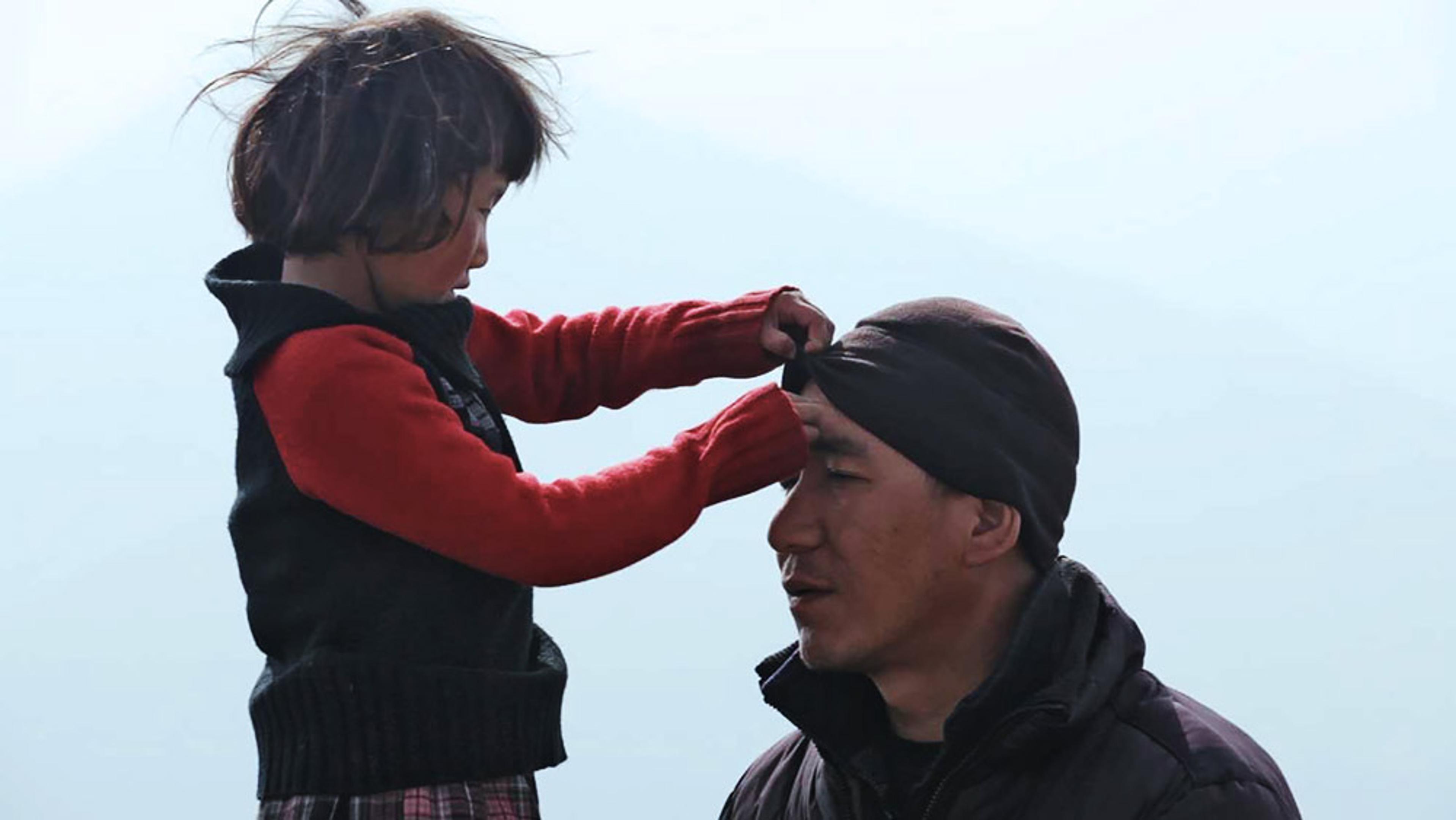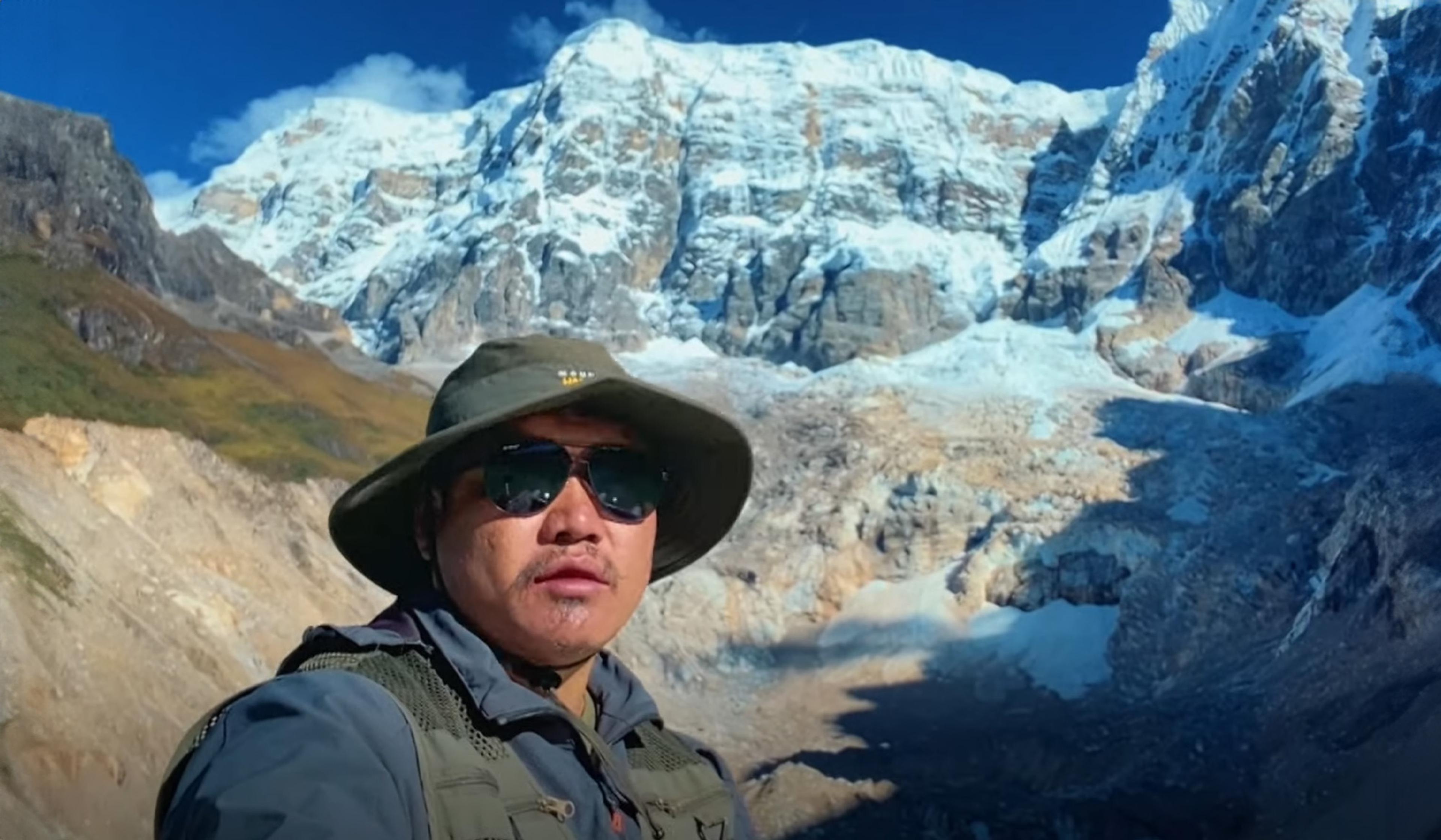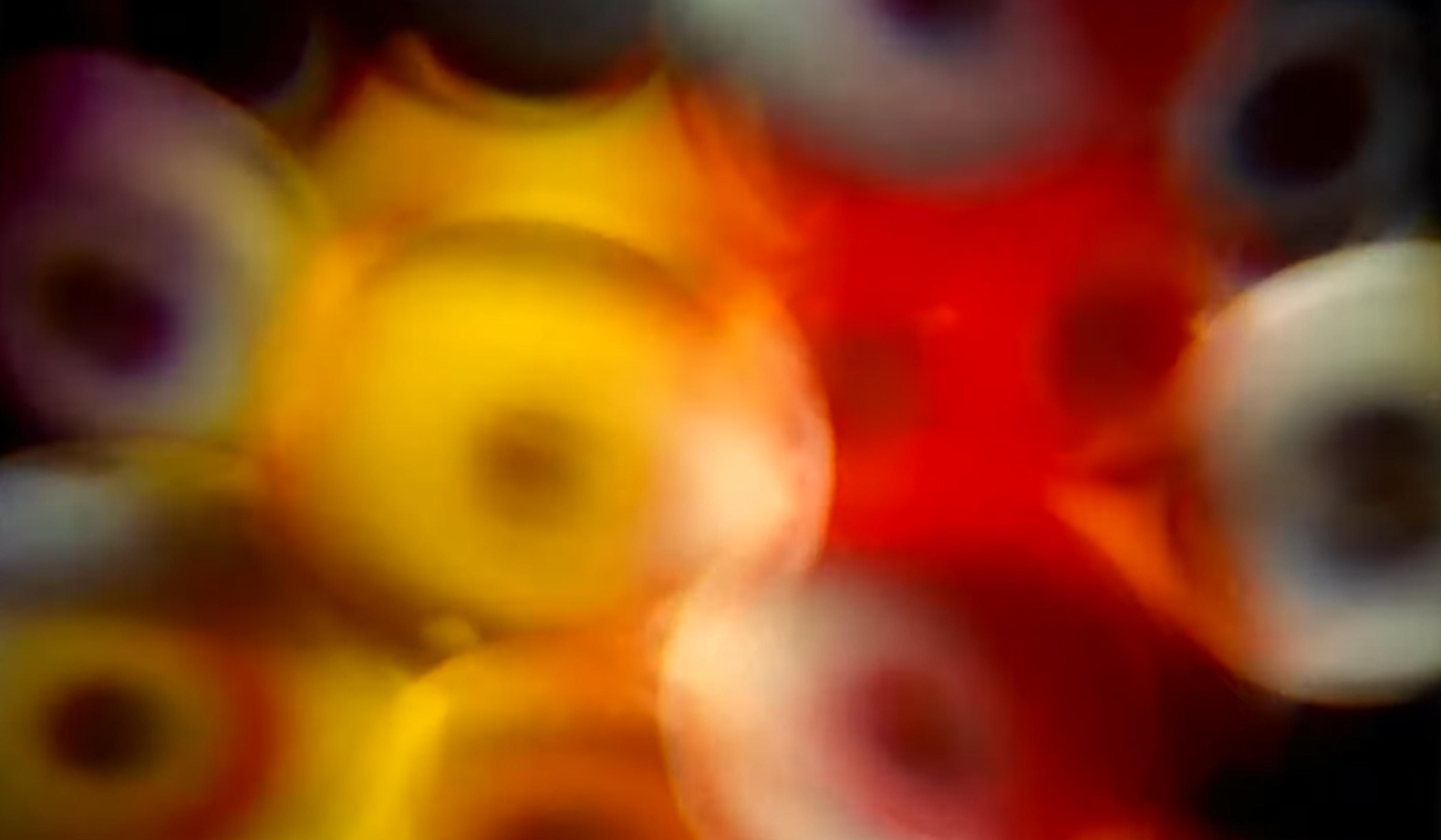In 1981, Herbert Benson, a cardiologist at Harvard Medical School, set out to study the ancient meditation practices of Buddhist monks on the Tibetan Plateau. With the Dalai Lama’s blessing, Benson spent roughly a decade in remote regions of the Himalayas in northern India researching an especially intense technique known as tummo, as well as the physiological effects of other advanced forms of meditation. Rather than debunking the seemingly tall tales of advanced practitioners capable of raising their body temperatures to dry cold, wet sheets around their bodies, Benson’s work actually confirmed and expanded upon these anecdotes. In particular, by tracking vital signs and body-heat output during meditation sessions, Benson found that these monks possessed remarkable capacities for controlling their oxygen intake, body temperatures and even brainwaves. In 2013, a second study conducted on advanced Tibetan tummo meditators by Maria Kozhevnikov, a cognitive neuroscientist the National University of Singapore, corroborated much of what Benson had observed, including practitioners’ ability to raise their body temperatures to feverish levels by combining visualisation and specialised breathing.
This extended trailer for the UK filmmaker Russ Pariseau’s feature documentary Advanced Tibetan Meditation: The Investigations of Herbert Benson MD relays portions of Benson’s landmark research, which ultimately signalled a seismic shift in how Western science views Buddhist meditation. Simultaneously, the material makes evident the disparate ways that Western scientists and Tibetan Buddhists understand the self.
